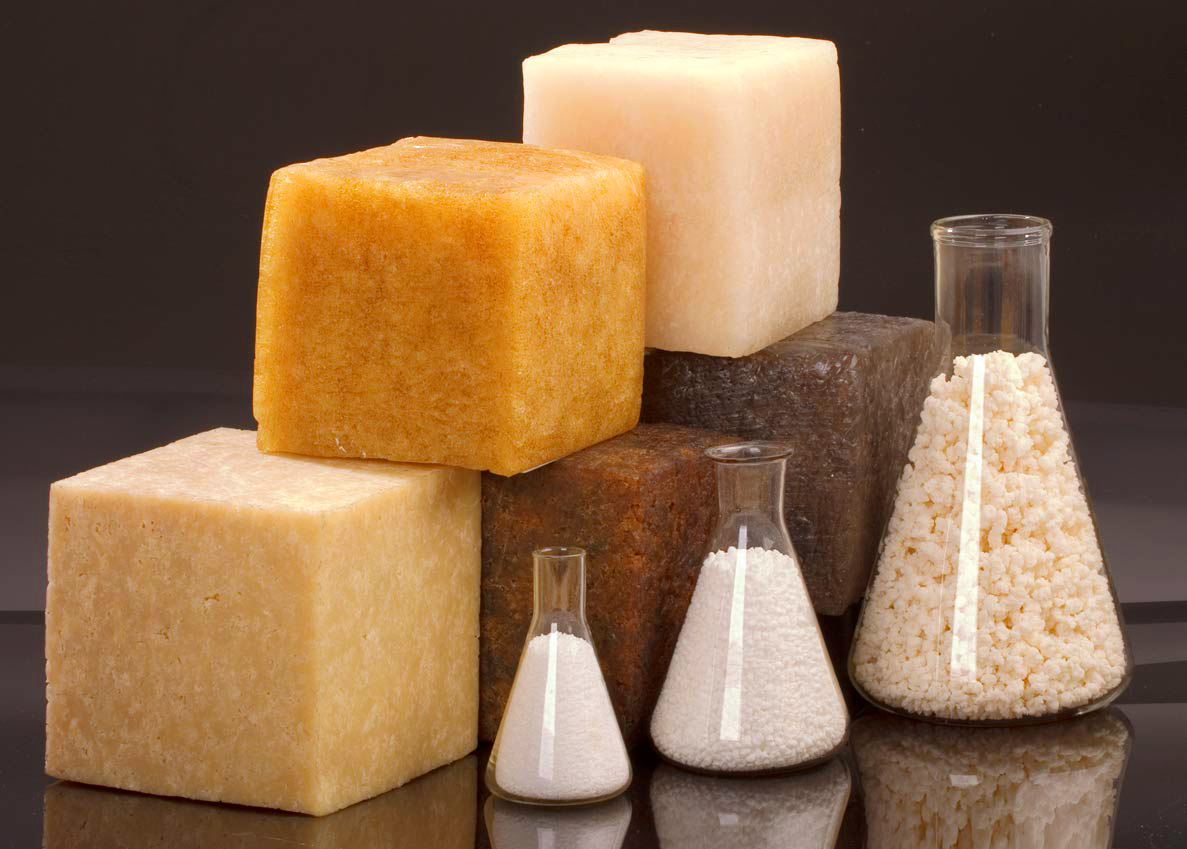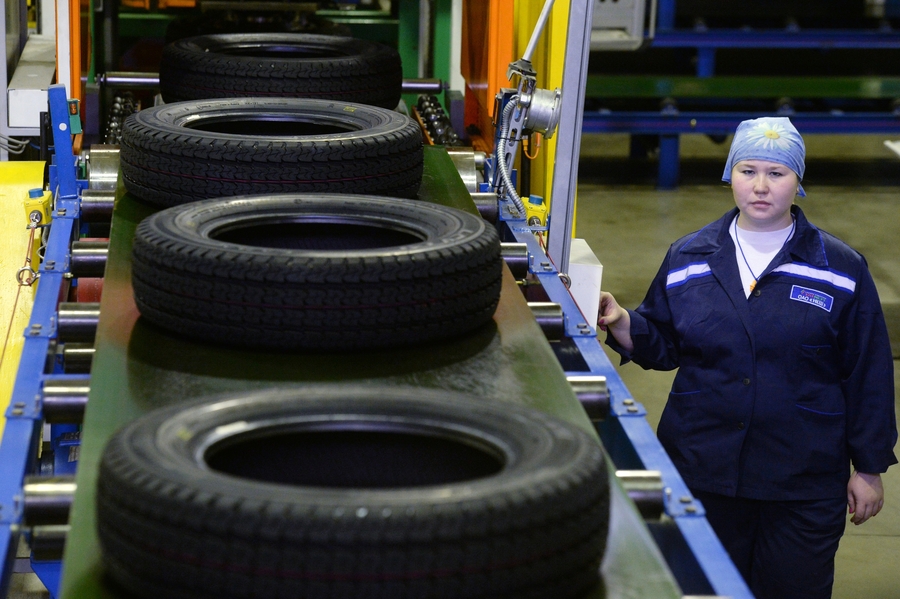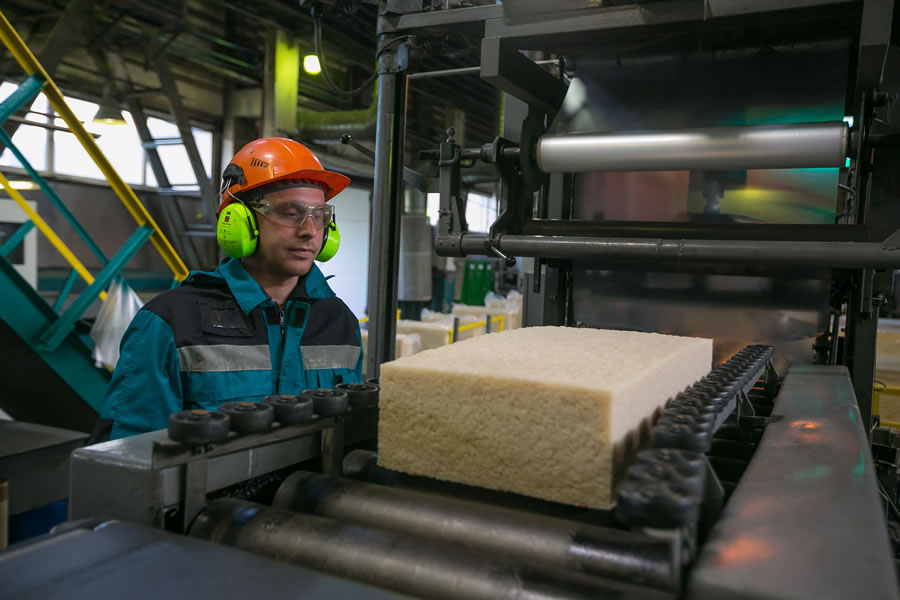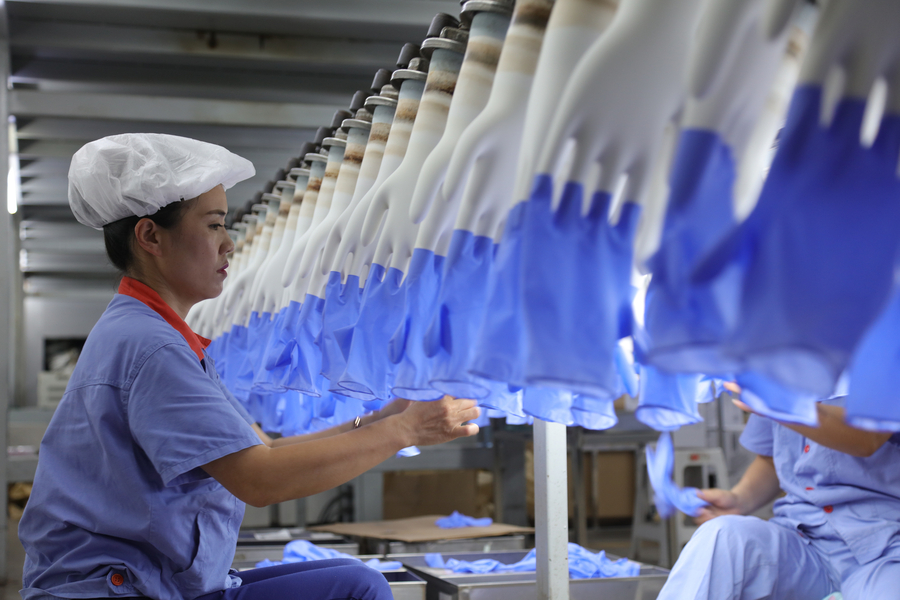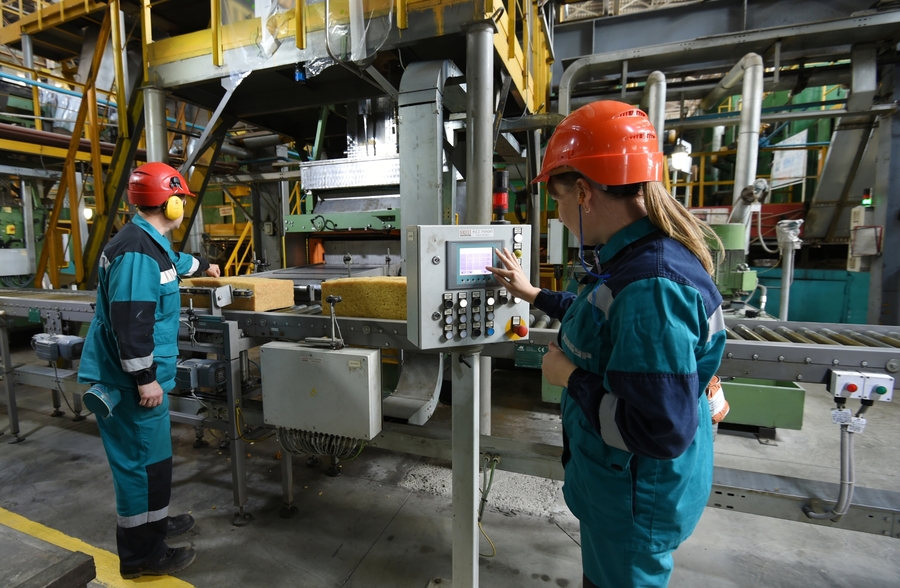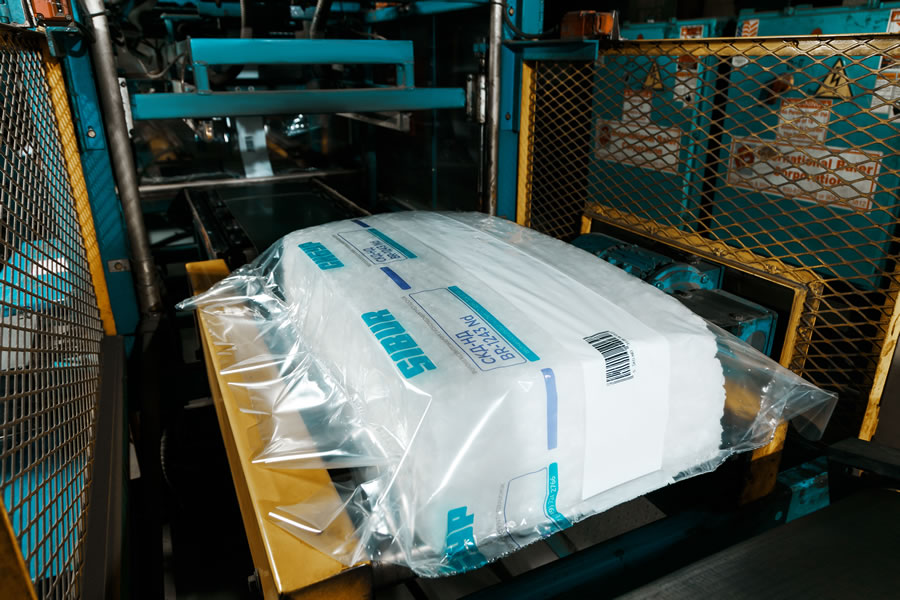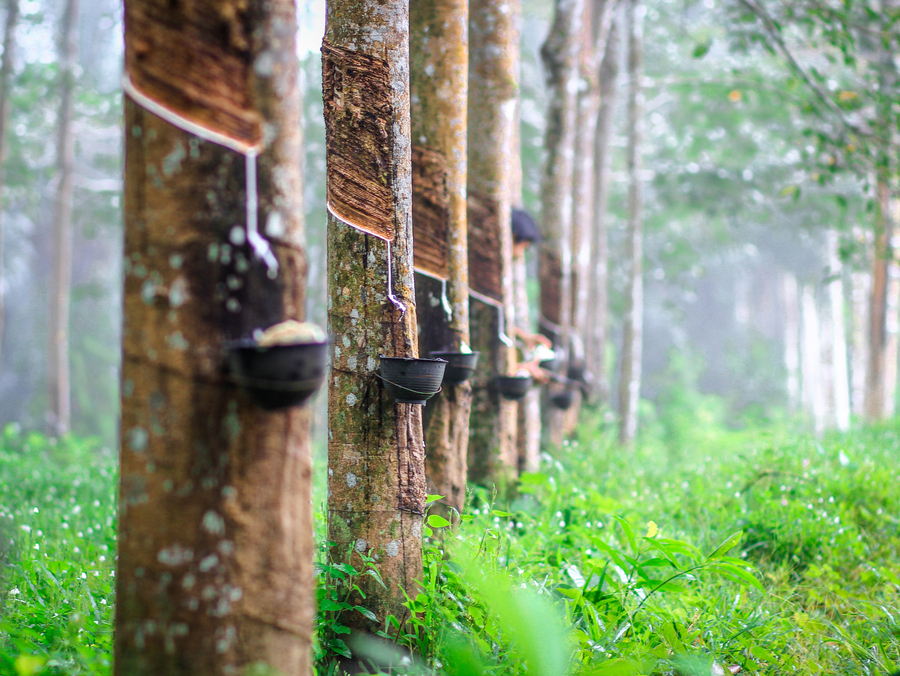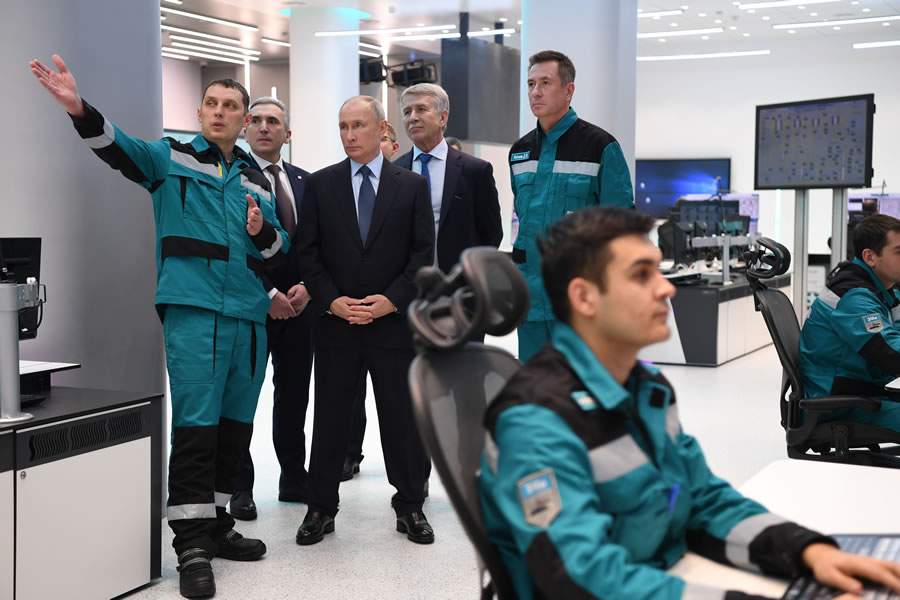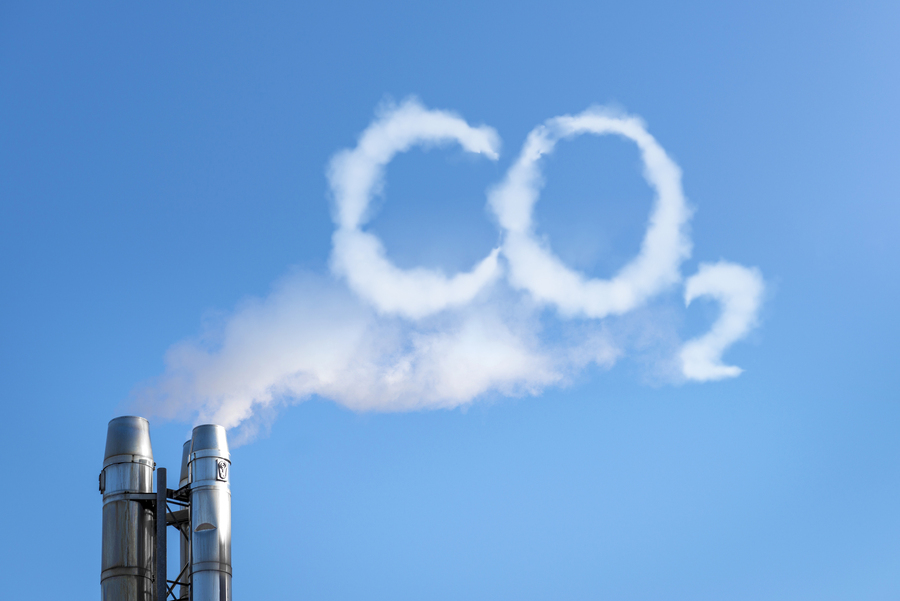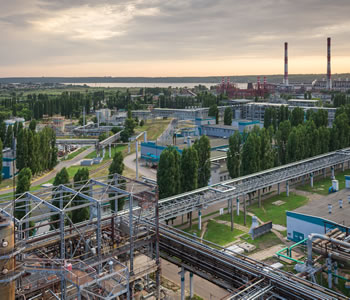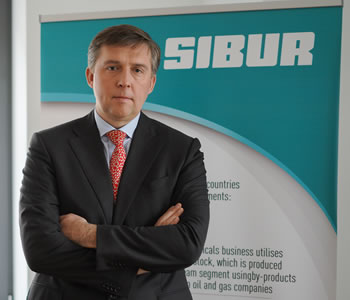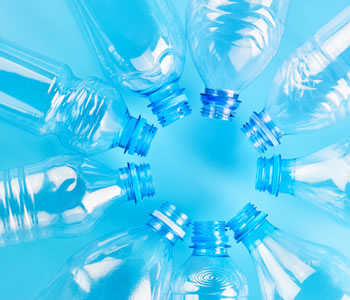For synthetic rubber producers, as well as the entire petrochemicals industry more widely, the past year has been challenging. The market remained turbulent, as factories closed and logistics chains were disrupted. The situation was made worse by the fact that in 2019 the production of synthetic rubber (SR) in Russia was already declining: the volume of production for all types of SR decreased by 5%, to 1,318 thousand tonnes, while consumption shrank by 16%, to 394 thousand tonnes. Although there was actually an increase of 3% in the average price of SR last year due rising costs of natural rubber and hydrocarbon feedstocks, the overall situation for the industry was challenging.
Synthetic rubbers.
The market on the eve of the pandemic
The coronavirus first struck the automotive industry, which is where the main rubber consumers are concentrated. According to Finam Group, new car sales in China fell by 80%, in Germany by 61.7%, in France by 88.8%, in Spain by 96.5%, in the UK by 97.3%, and in Italy by 97.6%. In Russia, this figure was also significant: in April, sales of new passenger cars and commercial vehicles decreased by 72.4% compared to the prior year. During a more typical crisis, the existing fleet would be in operation and the planned replacement of tyres would smooth over the dips in demand. However, the multiple lockdowns of 2020 have closed off this revenue stream.
Vulcanisation quality inspection workshop, PJSC Nizhnekamskshina. Photo: Maksim Bogodvid/RIA Novosti
While in the first eight months of 2020 the production of tyres and rubber bags in Russia decreased by 14.2% year-on-year, the decline in rubber production was only 1.2%
Between March and May the industry giants were forced to stand idle. These included Continental, Goodyear, Bridgestone, Pirelli, Cooper Tire, Hankook and Nokian Tyres, which operate more than 110 tyre factories around the world between themselves. Meanwhile, disruptions to logistics chains led to overstocking. For Russian manufacturers, however, the drop in demand was no shock. Back in 2019, tyre production in our country decreased by 10%. In 2018, the Russian Federation produced 67.5 million units of products, but in 2019 this figure was only at 60.5 million units. Then the situation was greatly affected by the trade war between the United States and China, as a result of which the Middle Kingdom refocused on new markets. For domestic production, however, this served as a valuable lesson that forced mobilisation before the tests of 2020.
Anti-crisis measures
Following the fall in demand for the products of tyre companies, related industries began to experience difficulties. Manufacturers of synthetic rubbers, for which tyre companies are the main consumers, were forced to reduce operating rates and bring forward the timing of annual major repairs. According to the American Chemistry Council (АСС), even as early as March global production of synthetic rubber had decreased by 6.6%. The Russian sector of the elastomer market is export-oriented, with 70%–90% of all kinds of rubber being sent abroad every year. Therefore, Russian companies felt a particularly sharp decline in demand quite quickly.
Krasnoyarsk Synthetic Rubber Plant.
At the beginning of the crisis, domestic experts were pessimistic about market prospects. Specialists predicted a decline in demand of at least 300–400 thousand tonnes, and a period of at least two years was given for a return 2019 levels. However, by the middle of the year, it became clear that the situation was not so hopeless. According to Rosstat, while in the first eight months of 2020 the production of tyres and rubber bags in Russia decreased by 14.2% year-on-year, the decline in rubber production was only 1.2%.
Titan Group commented on the situation that “the consumption of synthetic rubbers in the country has decreased, and many manufacturers have recorded the beginning of overstocking. In Russia, prices for synthetic rubber fluctuated during the year, but did not collapse: at first they really slumped, but then they began a slow recovery. During the most difficult period of the pandemic’s first wave in the spring of 2020, the decision was taken not to halt production. In March and April, the company had high operating rates, and in May, within the regulated timeframe, the Omsk Rubber plant carried out a scheduled shutdown maintenance. Titan Group refocused on destinations outside Russia. The decline in prices for hydrocarbon feedstocks in the first half of the year boosted the margins for Omsk synthetic rubber export sales.”
Production of nitrile gloves.
Pre-COVID, the demand for nitrile gloves in Russia was 1–1.2 billion pairs, but in just two months it shot up to 4 billion
In many ways, domestic rubber was saved by adjacent industries, such as paints and coatings, construction, and medicine. COVID-19 stimulated the demand for rubber from manufacturers of medical supplies and gloves. Pre-COVID, the demand for nitrile gloves in Russia was 1–1.2 billion pairs, but in just two months it shot up to 4 billion. The first production site for nitrile-butadiene gloves in Russia was launched in Samara. There are plans for the plant to use SIBUR latex in the near future.
Many enterprises have repurposed operations to focus on the road industry. Ilya Korzhenovsky, CEO of Voronezhsintezkauchuk: “In 2020, we launched an expanded production of thermoplastic elastomers (TEP), increasing its capacity from 50 to 100 thousand tonnes. Thanks to the strict compliance with all stages and having an understanding of when to accelerate, we managed to launch pilot production in January last year. As a result, construction and installation activities were completed almost a quarter ahead of schedule – we were to finish them in March and start commissioning in April. Given the upcoming pandemic, this time lag proved to be a lucky twist of fate. I shudder just thinking about what would have happened if we had stayed within the initial timeframe.”
In 2020, Voronezhsintezkauchuk launched an expanded production of thermoplastic elastomers. Foto: Alexey Sazonov/RIA Novosti
The construction of the TEP production facility was very much the right decision. The raw materials for both TEP and rubber are the same, while the products are consumed by different sectors. Rubber is mainly consumed by the tyre and rubber-product sectors, whilst TEP is used in road and roofing construction, as well as the footwear industry. It is thanks to this portfolio diversification that we have maintained normal consumption levels – this turned out to be strategically important during the pandemic. There were practically no halts in the construction industry in 2020 either in Russia or in Europe, and consumption in this sector remained high. Thermoplastics are well in demand across the world. This material allows you to significantly improve the quality of roads, roofs, and footwear, making them strong and wear-resistant.
The year was not easy, but it was definitely not a failure. Of course, we felt the general market trends, and global trends definitely had their impact. Our main consumers – the world’s largest holding companies – have started to suspend operations in the wake of closures of European factories. Here it is worth mentioning the skilful work of the SIBUR sales team: due to the European lockdown, the geography of deliveries was revised. We shipped rubber to Asian countries: China, India. At the same time, we maintained high operating rates all the time.”
SIBUR managed to redistribute the volume of synthetic rubber to other markets.
Along the way, the price of synthetic rubber benefitted from a serious tailwind in the form of poor yields of natural rubber. In 2020, the yield of natural rubber decreased by 7%, and production by 8.7%
The market situation was developing quite quickly and required a prompt response from key players. This is explained by Tamas Pusztai, Sales Manager Synthetic Rubbers at SIBUR International’s Vienna Office: “We managed to maintain our position in the key markets and expand into new areas. Although the consequences of the pandemic have been terrible, they have also brought us some new benefits. In particular, the ability to redirect flows depending on the needs of the market. The restrictions in Europe were announced later than in the Asian region – the competition was less fierce due to lower volumes of imports from Asia, so we were able to achieve good sales figures both in terms of volumes and margins. Furthermore, when the opposite happened, we quickly adapted and within a few weeks were able to redistribute a significant amount of SBS polymers (styrene-butadiene-styrene) to the Chinese market, where previously they had not been marketed at all. In 2020, we began to find customers in the North American market. The results so far are good, and the prospects are promising. Our current focus is on developing the US market for SBS and the Indian market for industrial rubbers.”
Recovery
The price of rubber recovered from its initial crash relatively quickly. Although they looked as if they were going to zero in May, the price of butadiene and rubber hit year highs in October. The rise in the price of raw materials naturally had a knock-on effect on the price of products. Experts attribute such a sharp jump in price to a rapid recovery in demand at a time when many production facilities were closed, paired with a decrease in the yield of natural rubber, which in 2020 amounted to 7%. The third factor that influenced the price increase is the growth in oil prices.
Valentin Kotlomin, head of Petrochemicals, Consulting, CIS at Argus Media explained, “In Q3 2020, rubber demand recovery began in earnest: consumers have been stepping up their purchases and output. At the beginning of 2021, we saw a reversal in demand, but this was due to a shortage of raw materials caused by the asymmetrical recovery of raw materials and rubber producers. Looking ahead to the rest of 2021, we are quite bullish: the recovery of economies across various regions will drive demand for oil, petroleum products generally, and rubber in particular. 2020 taught some valuable lessons to manufacturers; for example, the fact that flexible production can be a lifesaver for the business. Last year, the medical rubber segment understandably saw a surge in demand.”
Harvesting natural rubber in Thailand.
In 2021–2022, the EU plans to include a limit on CO2 emissions in its quota system, which will undoubtedly affect the balance of power for exporters
Andrey Kostin, CEO of the Industry Research Centre, explained, “It’s slightly delusional to think that everything recovered by year-end 2020. A recovery is usually judged by two indicators: the price of natural rubber and the volume of production in China. They are really positive, but there is an explanation for this: natural rubber is highly correlated with agriculture, and just as we are now seeing a spike in food prices caused by money printing, rate cuts, and other crisis management measures, so too are we seeing the price of natural rubber rise. China, and particularly its automotive industry, began to recover right before everyone else crashed. If you look at spot contracts in Europe, we are yet to see any weakening. The same cannot be said for the automotive industry in Europe and the United States. For Russia, a rubber exporter, China is not its only market – and not even its most important one. We still look towards European prices, and they are very dependent on commodity prices, which are still showing volatile growth. I think we can talk about recovery by the end of Q1, but not before.”
Waiting for state support
Interestingly, industry is also looking at the signs of recovery with restrained optimism, pointing to the fact that government support will not have gone to waste. Back in early June, Deputy Prime Minister of Russia Yury Borisov mooted the idea of the State Reserve buying up products from synthetic rubber producers as a support measure. He said that the federal agency could act as a support cushion, buying synthetic rubber used in tyres from producers. Then, after a couple of years, the companies would buy the materials back for a 5%–6% markup.
Vladimir Putin’s working trip to ZapSibNeftekhim.
Dmitry Konov, Head of SIBUR Holding, also pointed out the need for state support for the domestic synthetic rubber industry to Vladimir Putin when he visited ZapSibNeftekhim in December. Russian Finance Minister Anton Siluanov said that the Ministry is ready to work out a solution, and can earmark around RUB 3 billion in support for the industry. His deputy, Alexey Sazanov, recently clarified that the Ministry of Finance is currently discussing support in the form of a negative excise tax for Russian rubber producers.
Looking ahead
The International Rubber Study Group (IRSG) forecasts a significant recovery in the global natural and synthetic rubber markets in 2021. According to its latest report, the total demand for rubber decreased by 8% in 2020 to 26.5 million tonnes, but a 7% increase is expected in 2021.
All the same, a recovery in demand brings new challenges. In 2021–2022, the EU plans to include a limit on CO2 emissions in its quota system, which will undoubtedly affect the balance of power for exporters. Many domestic producers are already factoring in account the potential costs of the carbon levy.
Carbon footprint reduction, the latest challenge for producers.
Long before these changes, SIBUR started to look into the possibility of reducing its carbon footprint. The Company invests hundreds of millions of roubles every year into replacing its pump fleets, pipelines and tank farms. Many sites already feature cutting-edge equipment that capture emissions. The new tax will apply not only to the final product, but to all stages of its production and usen. Therefore, SIBUR’s new capacity additions are focused on green grades of rubber, which reduce tyres’ rolling resistance coefficient and, as a result, fuel consumption.
Download PDF

